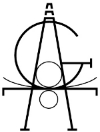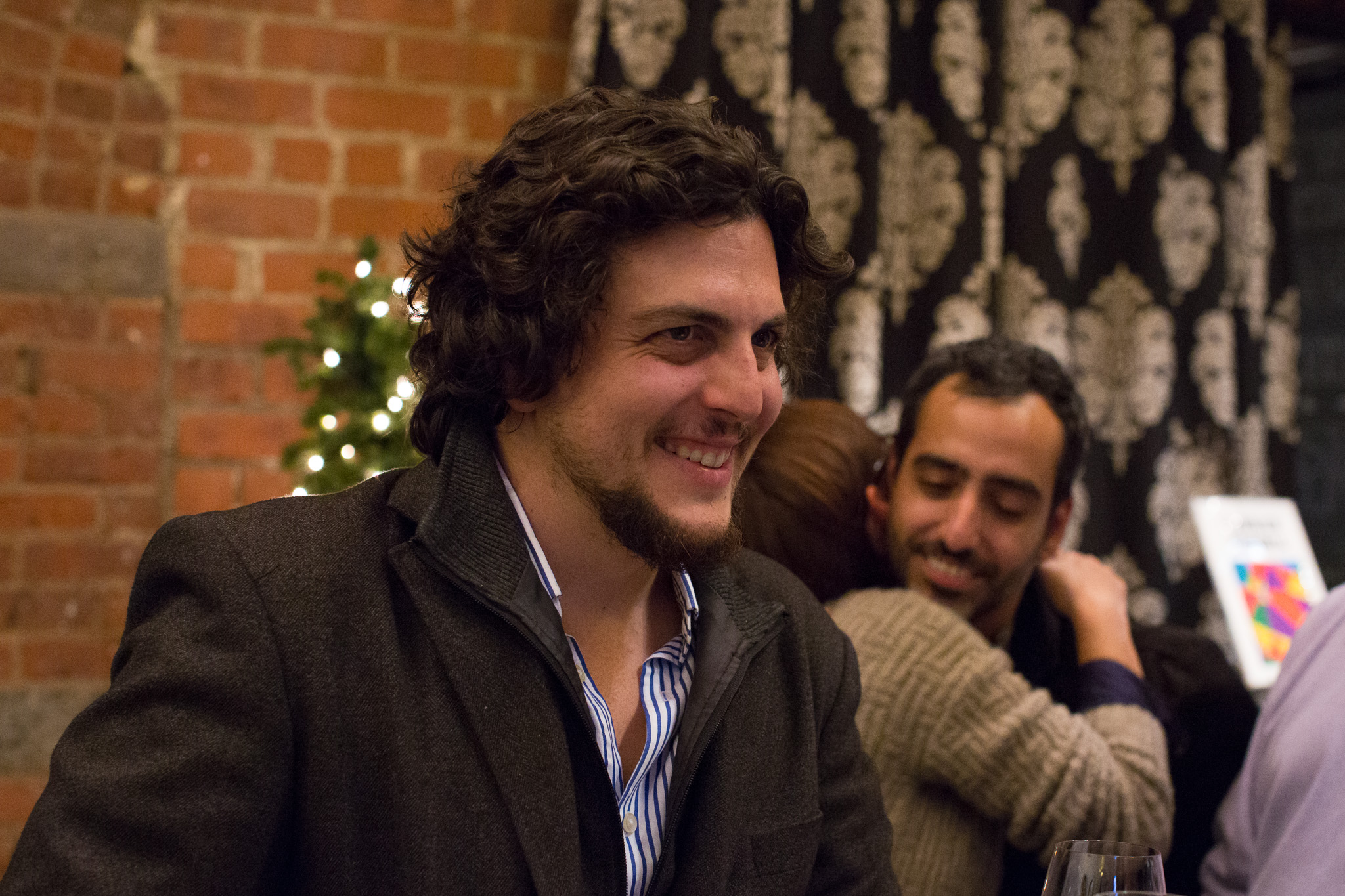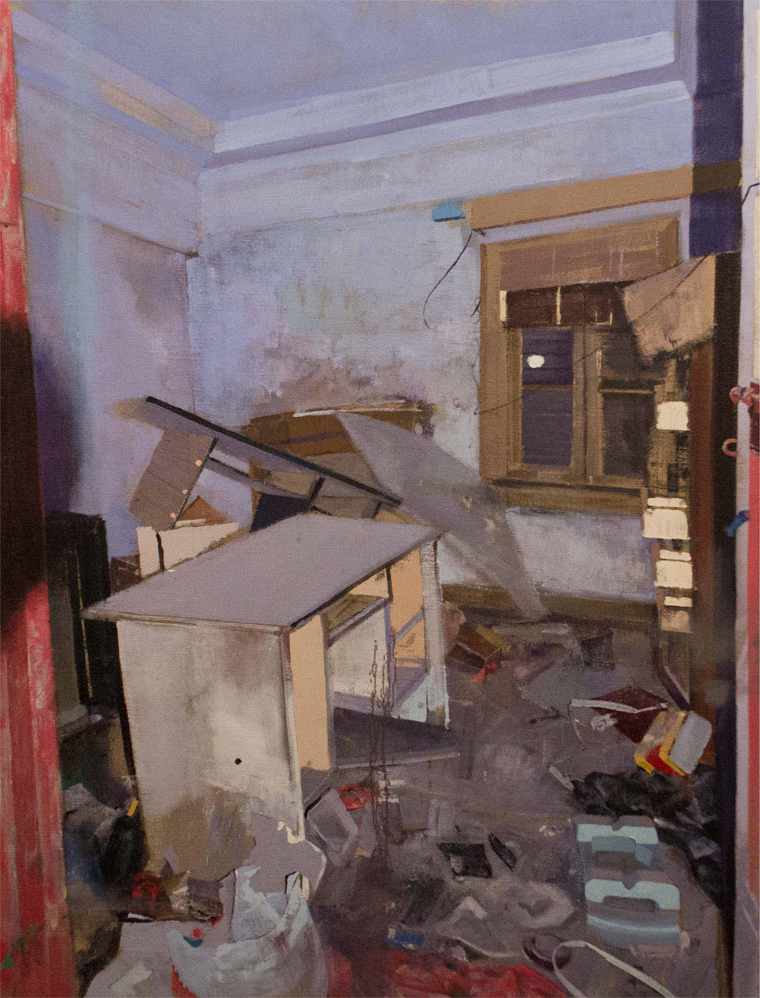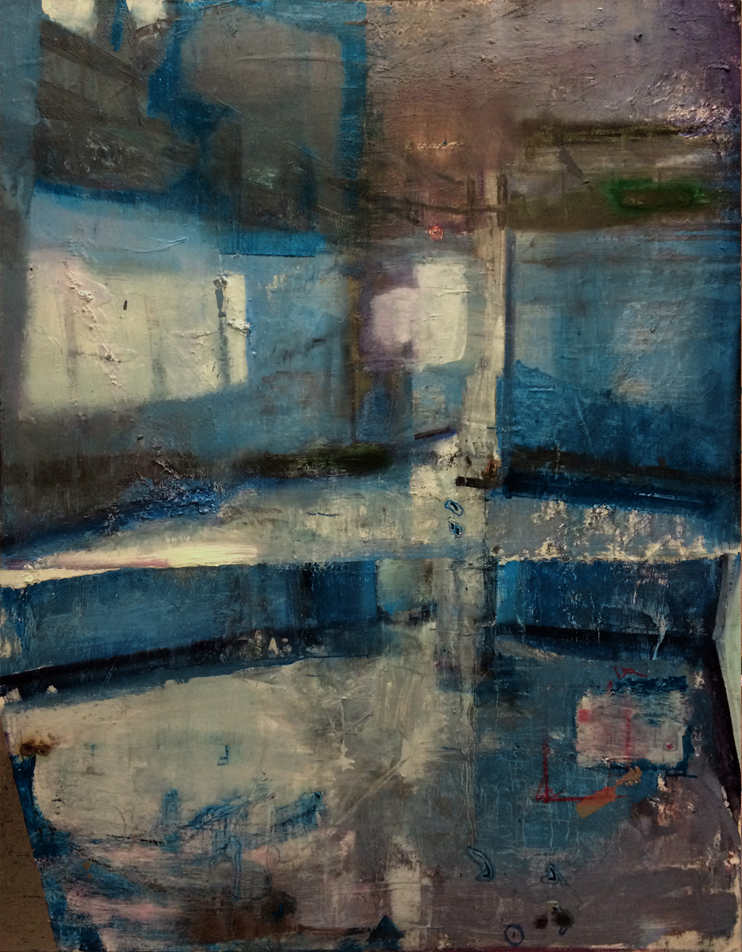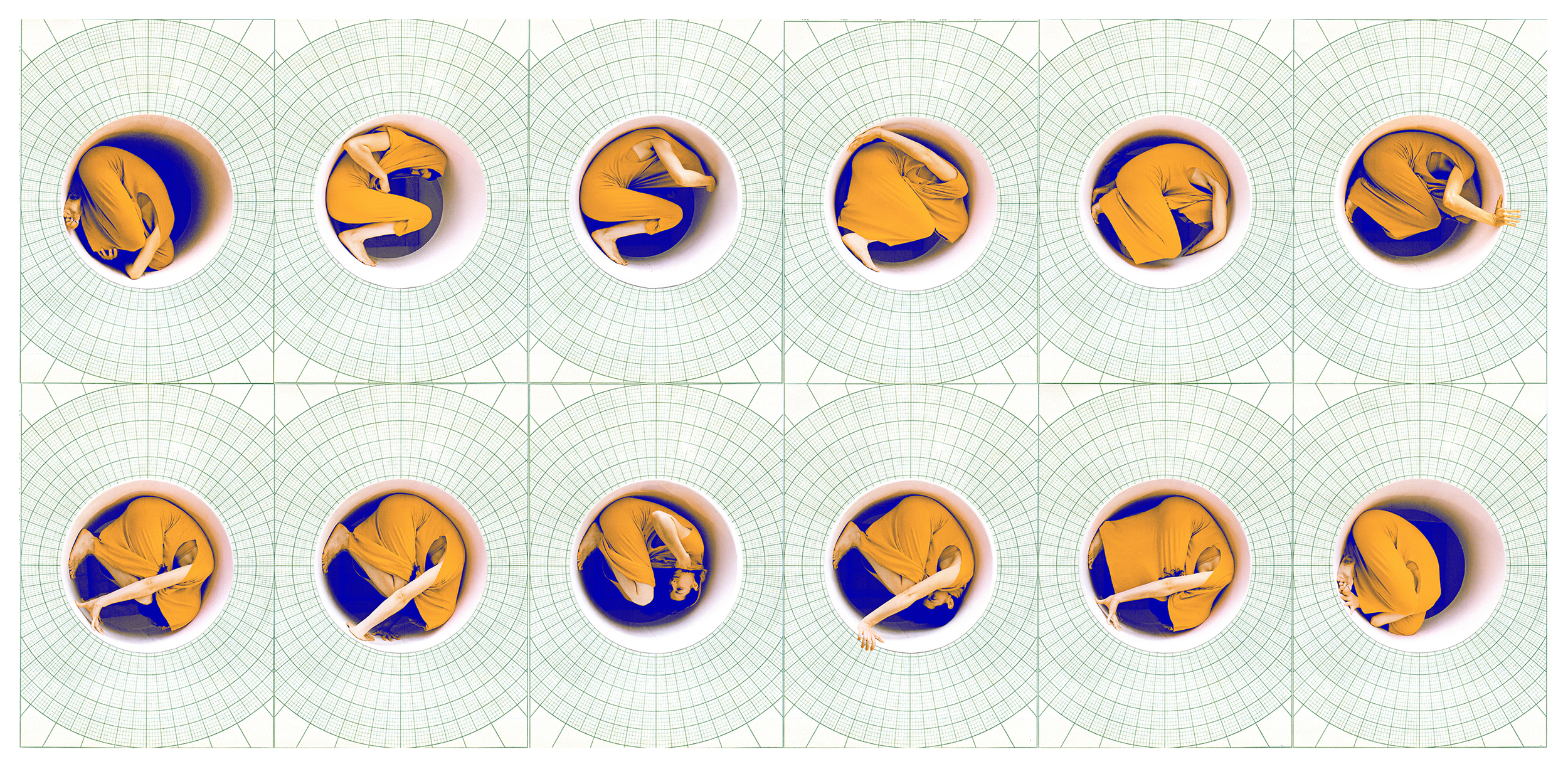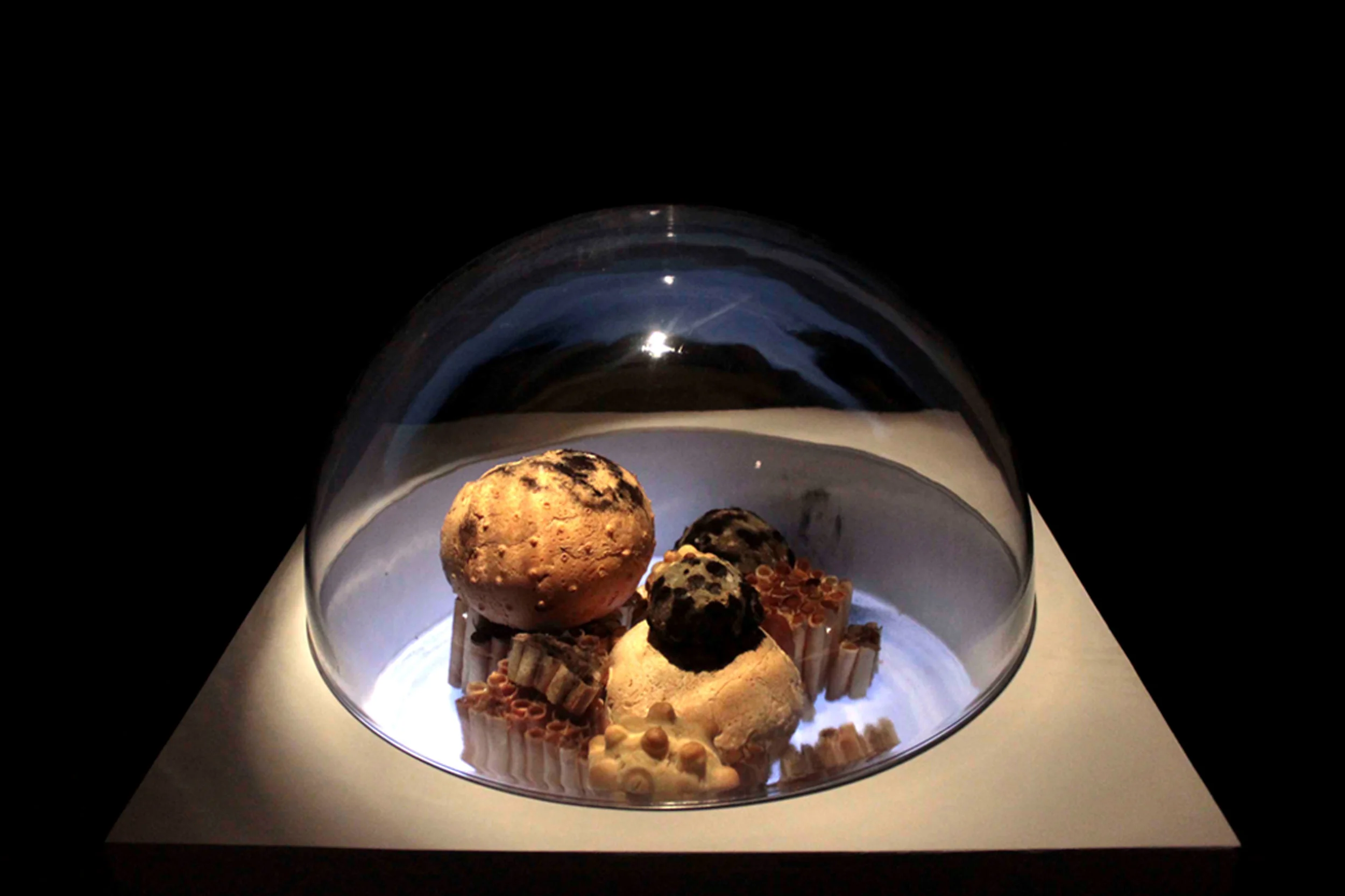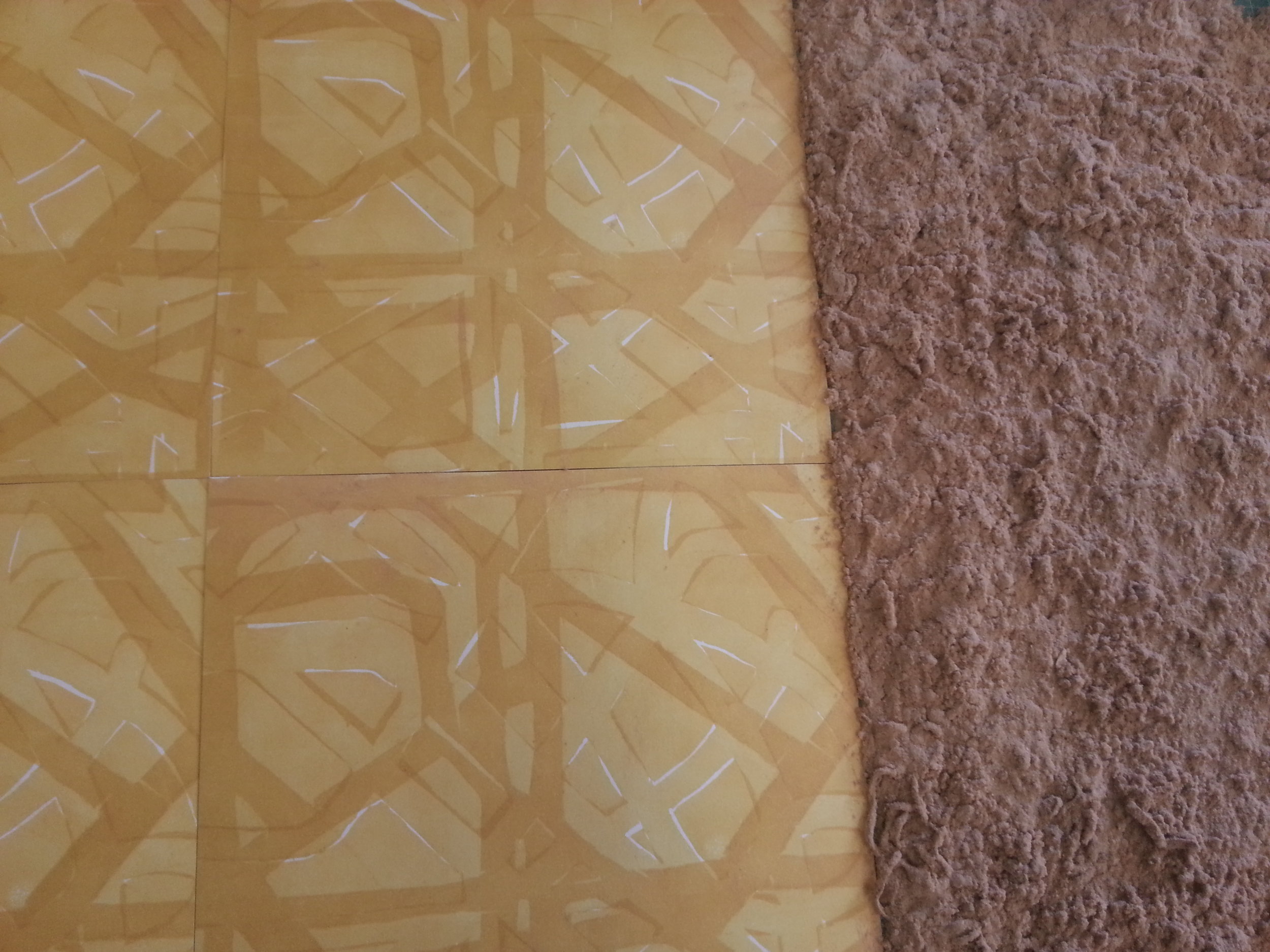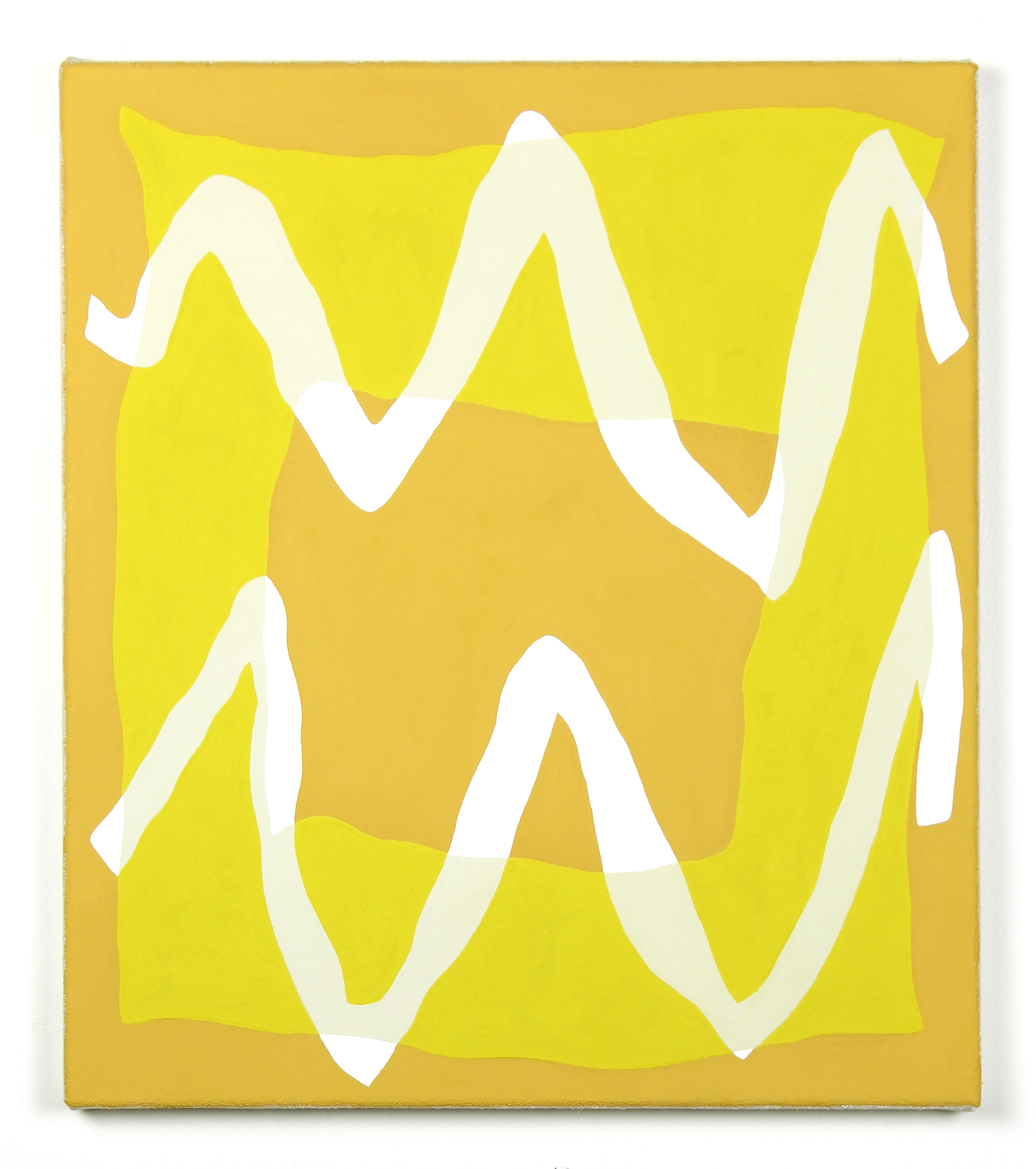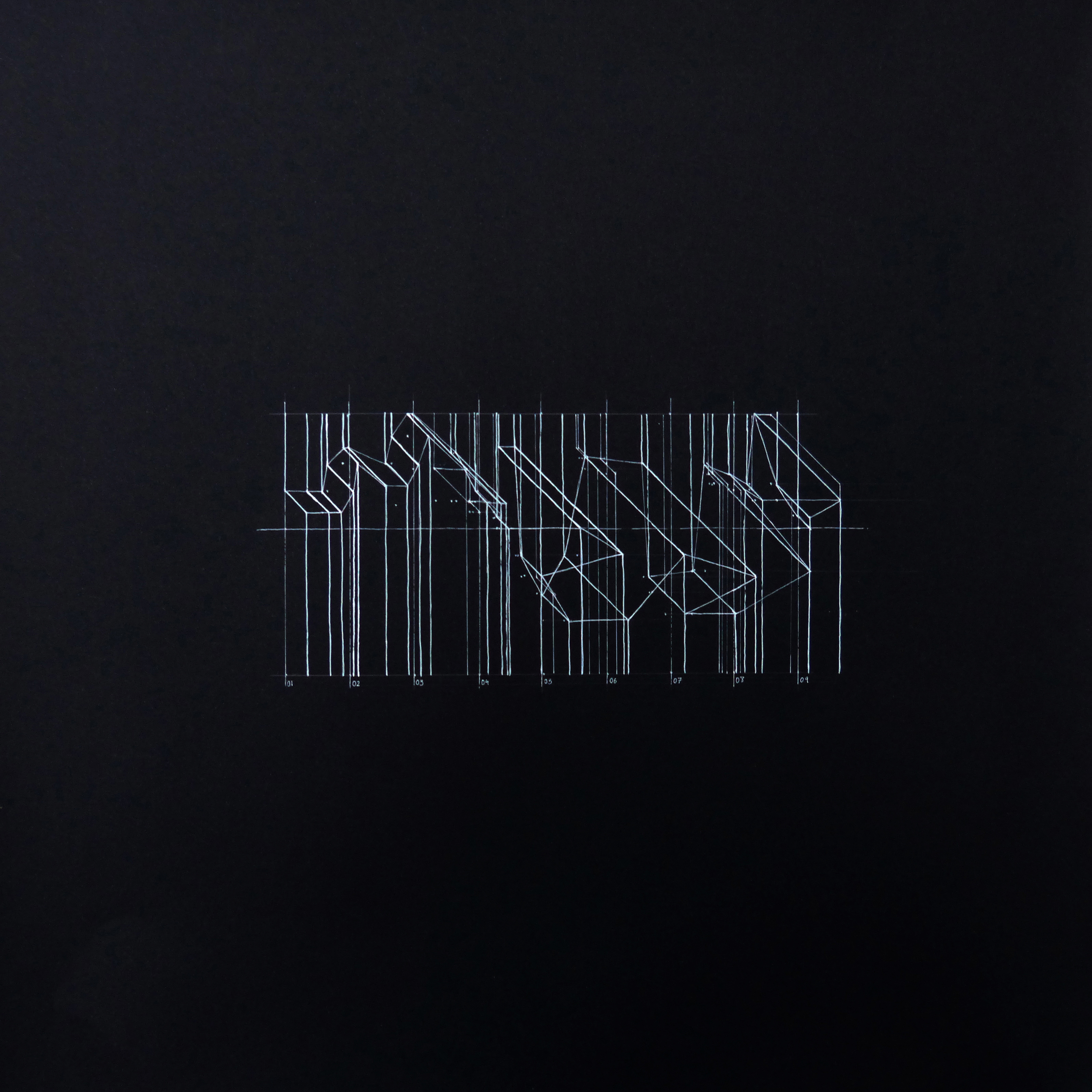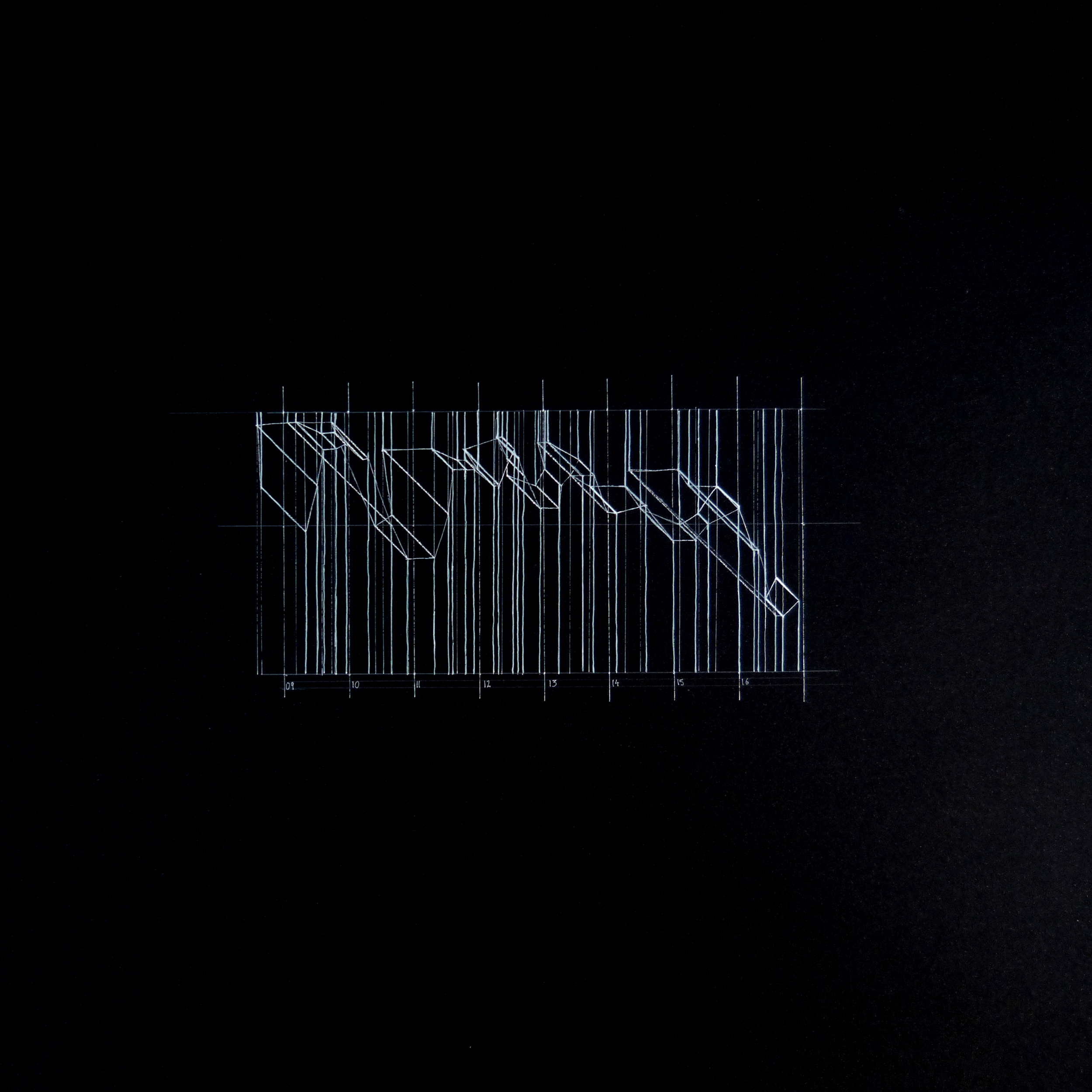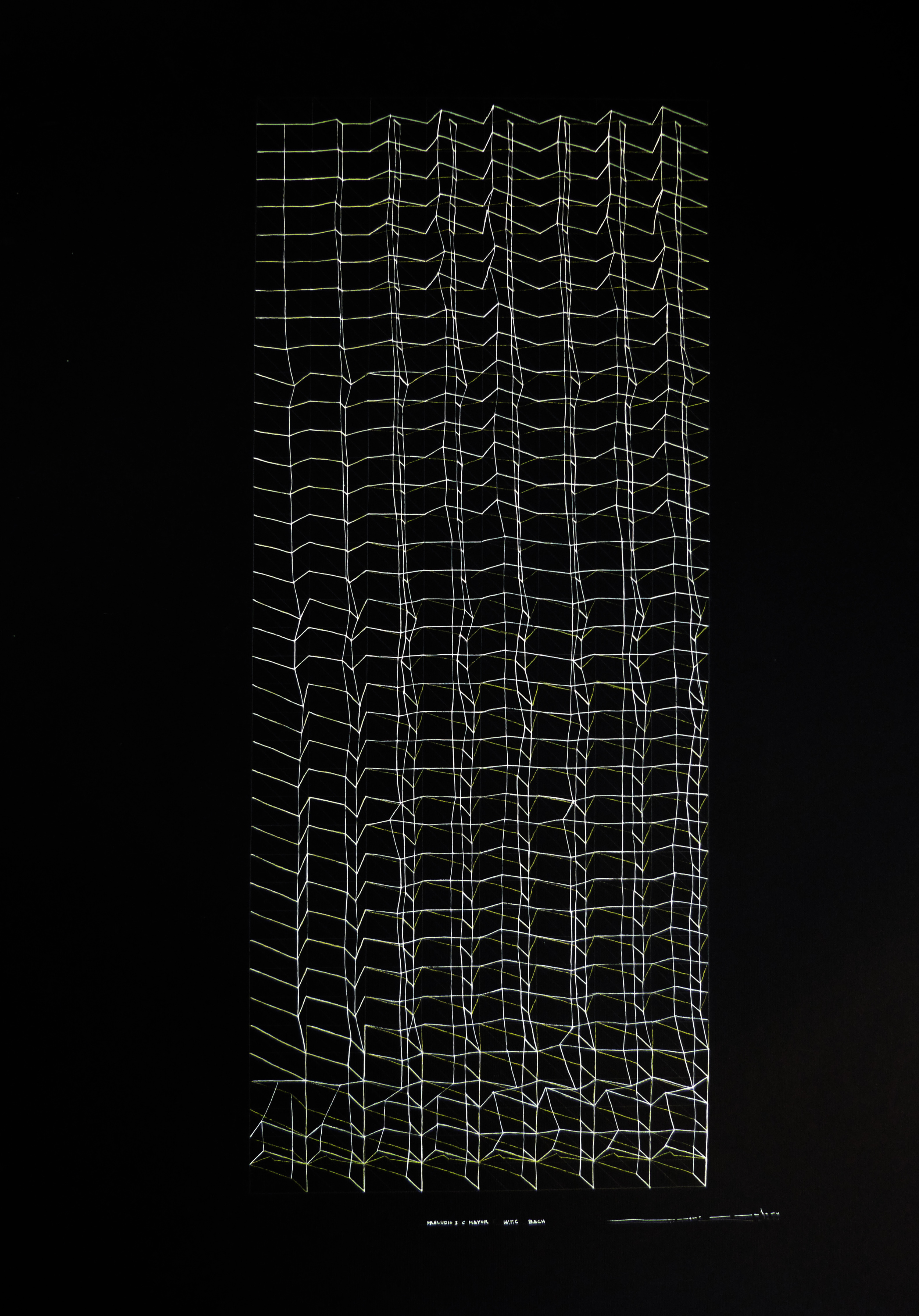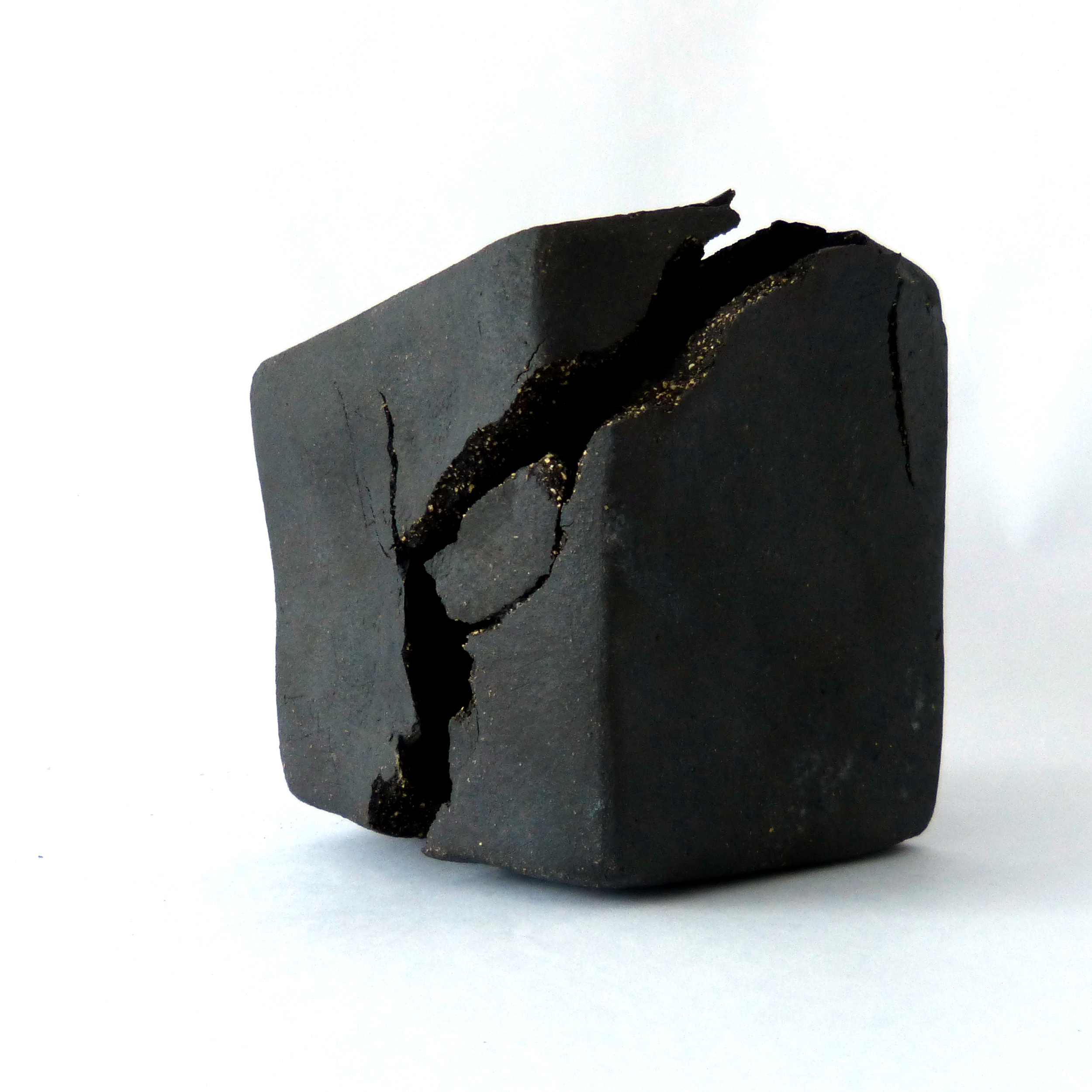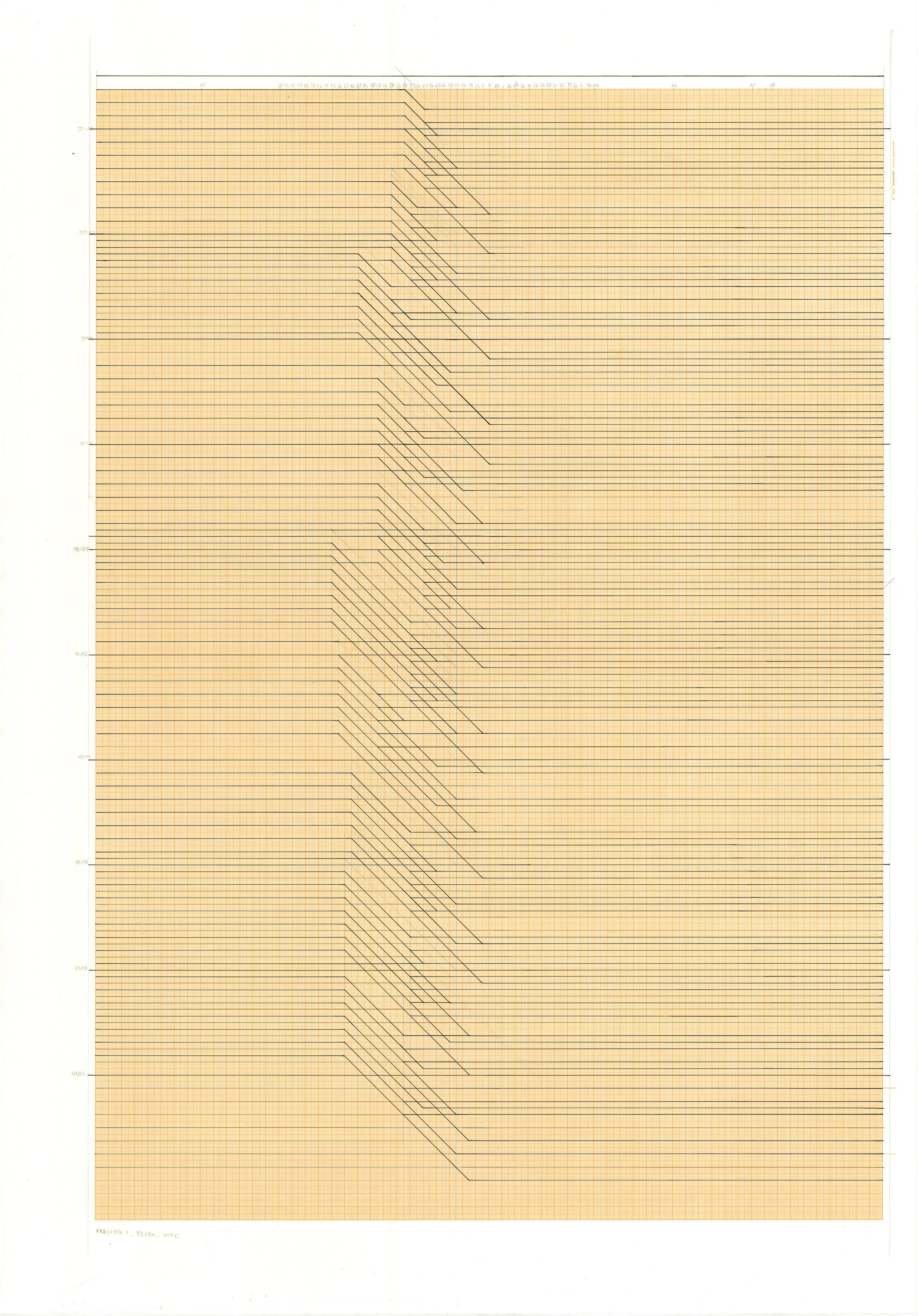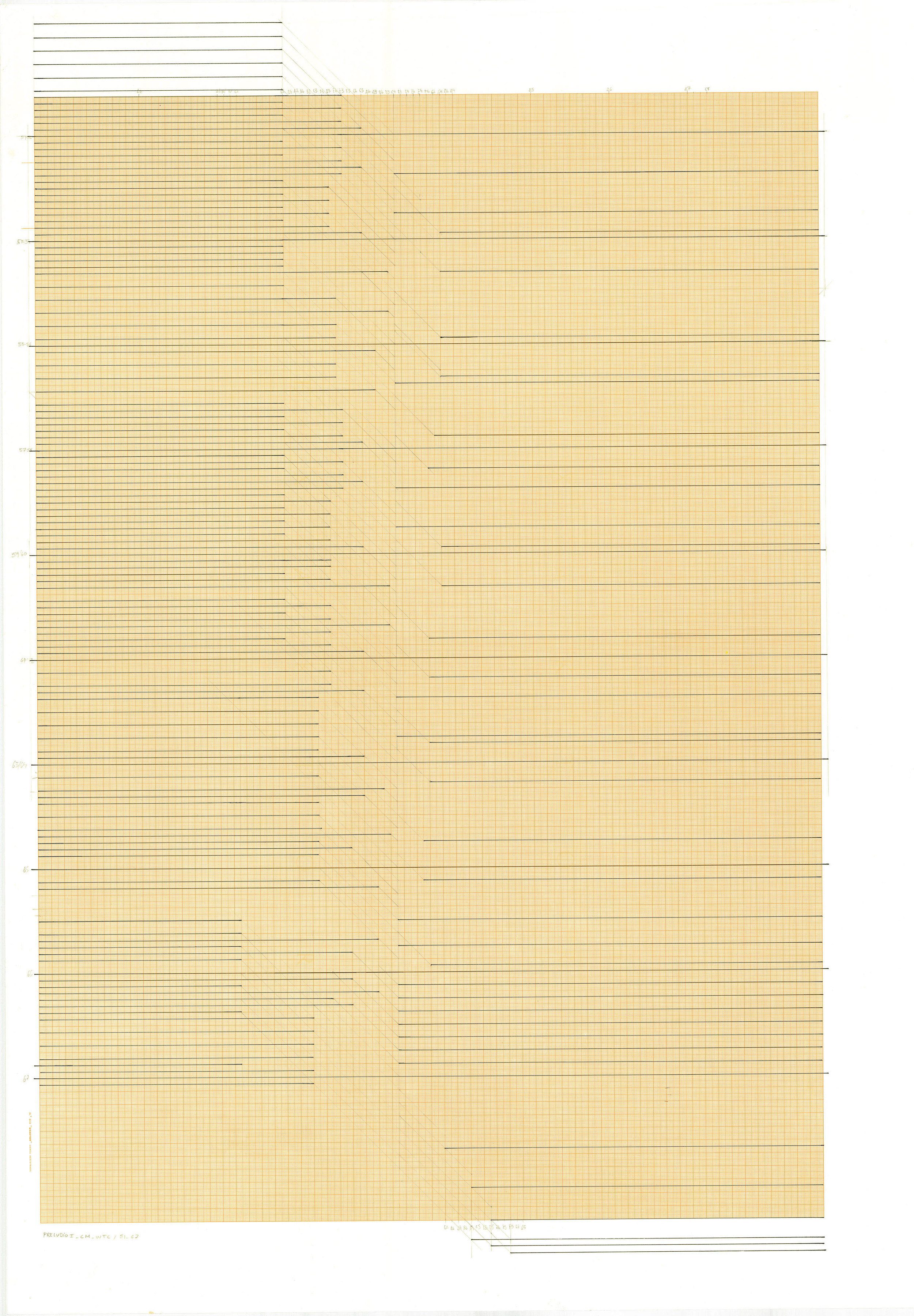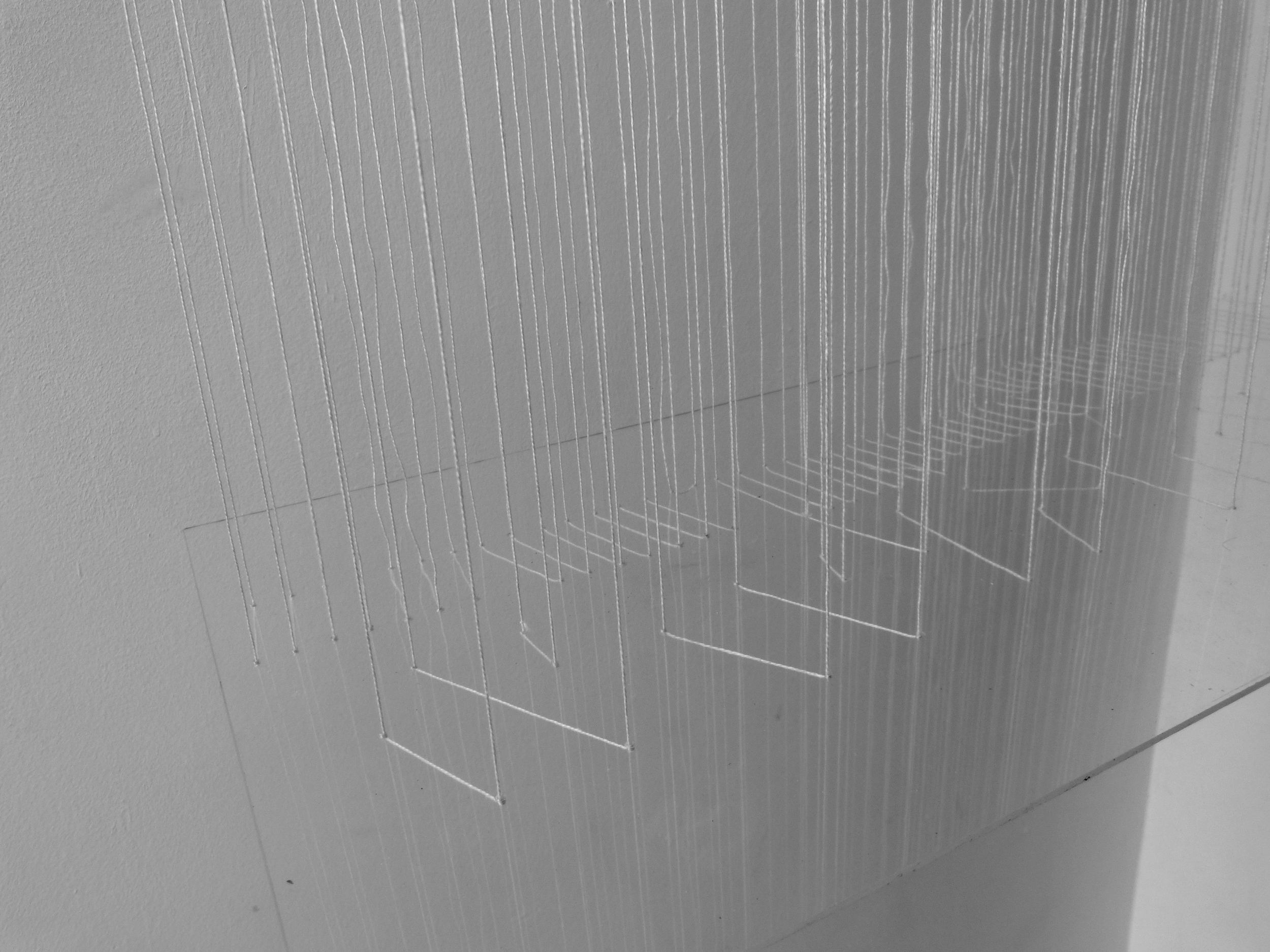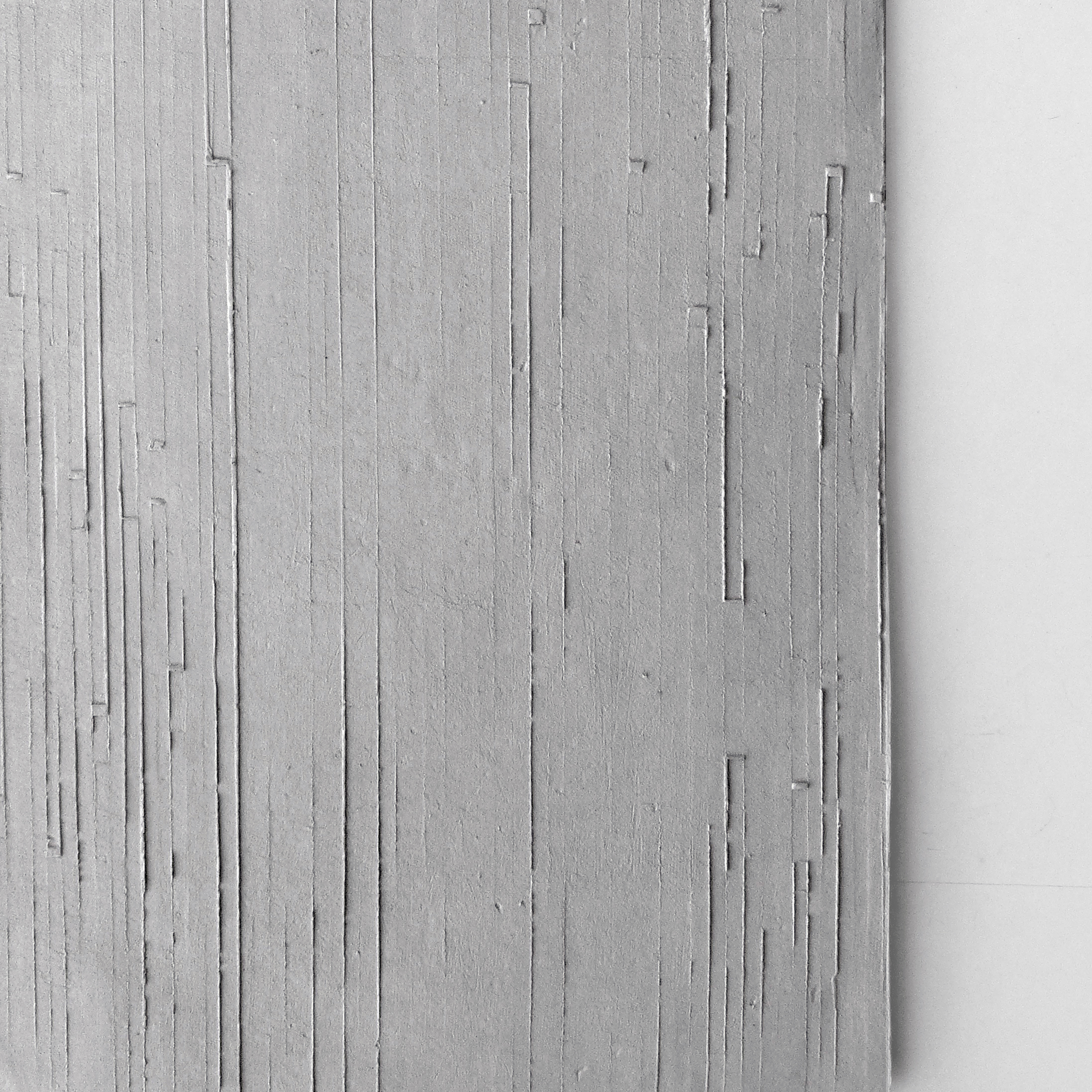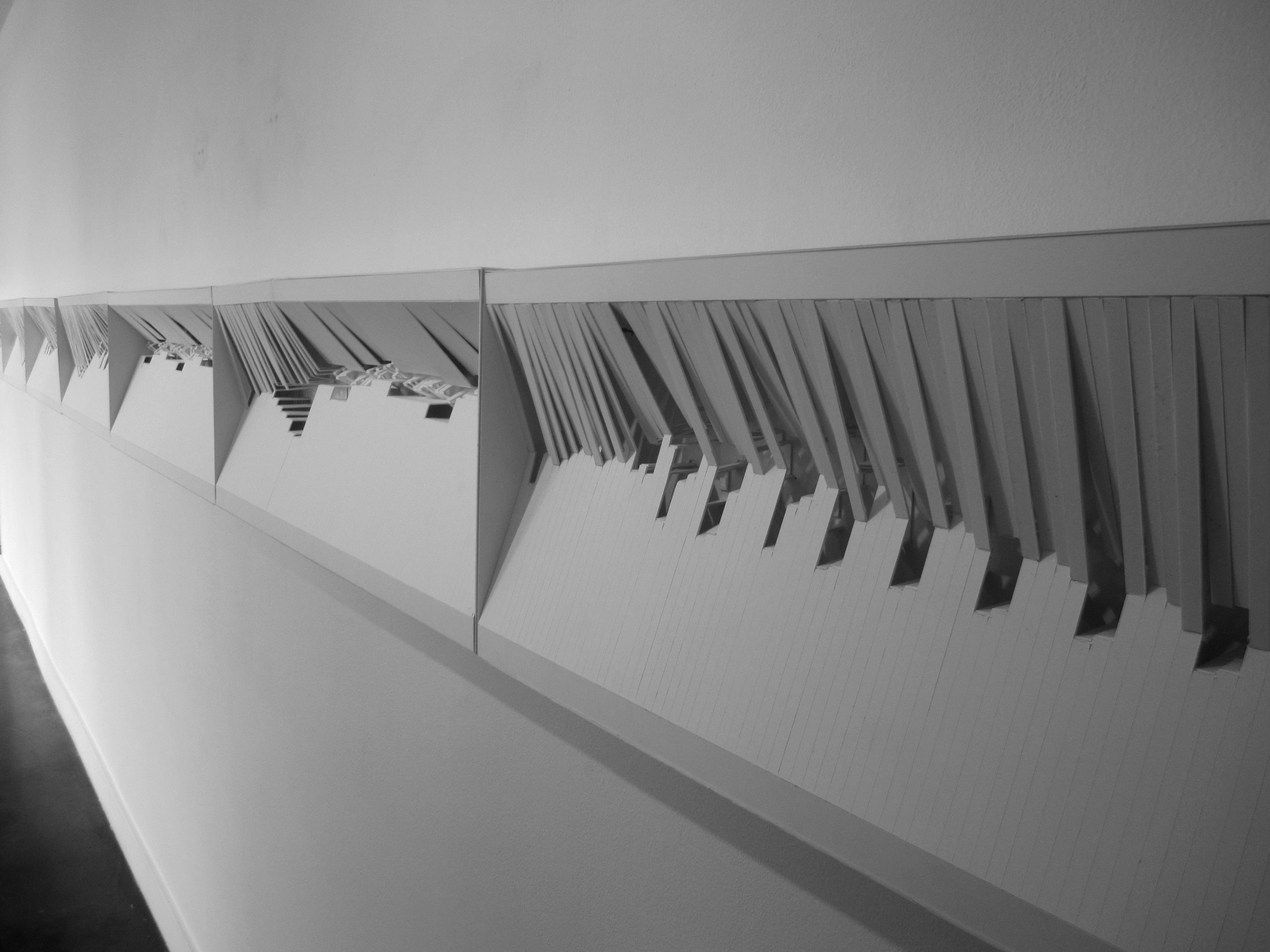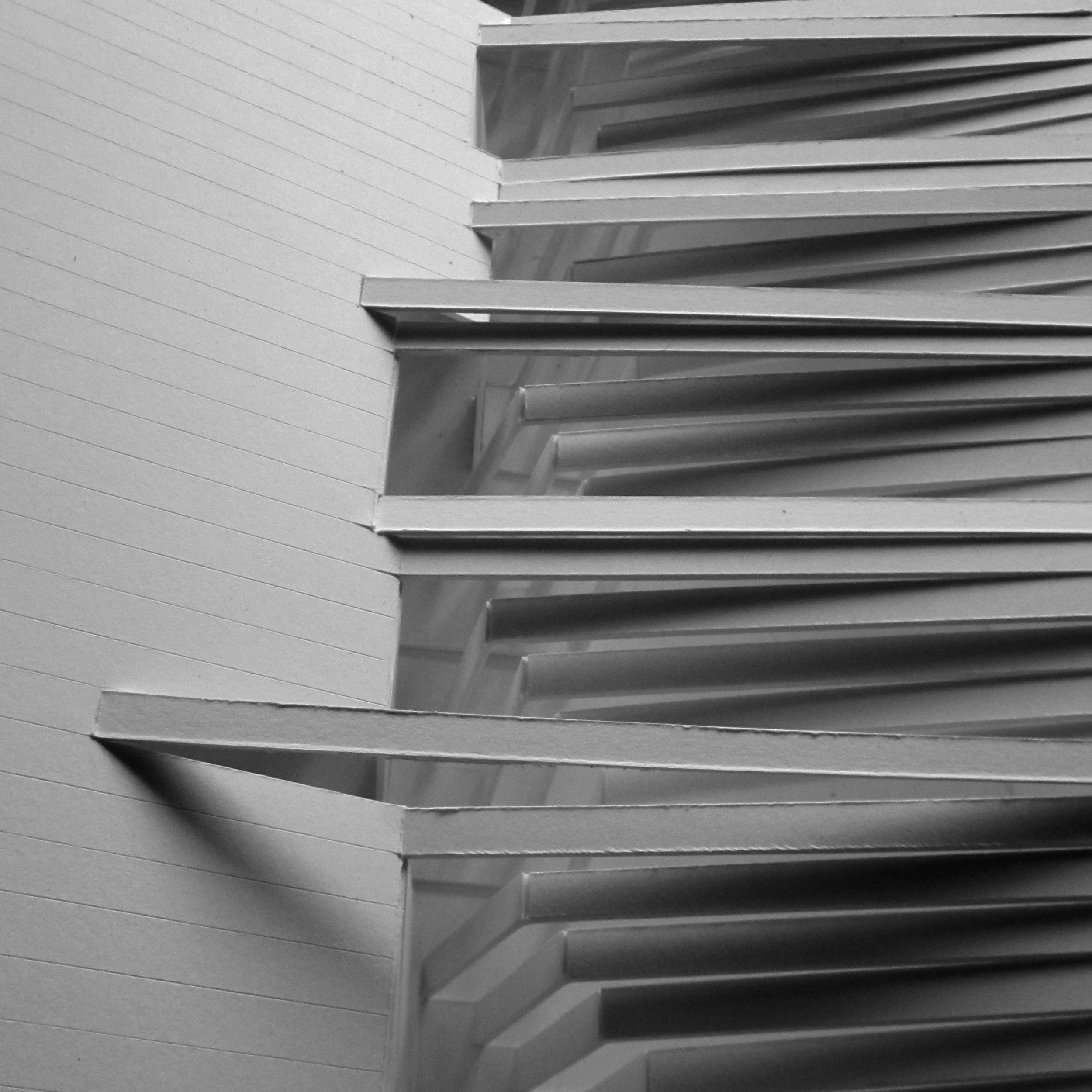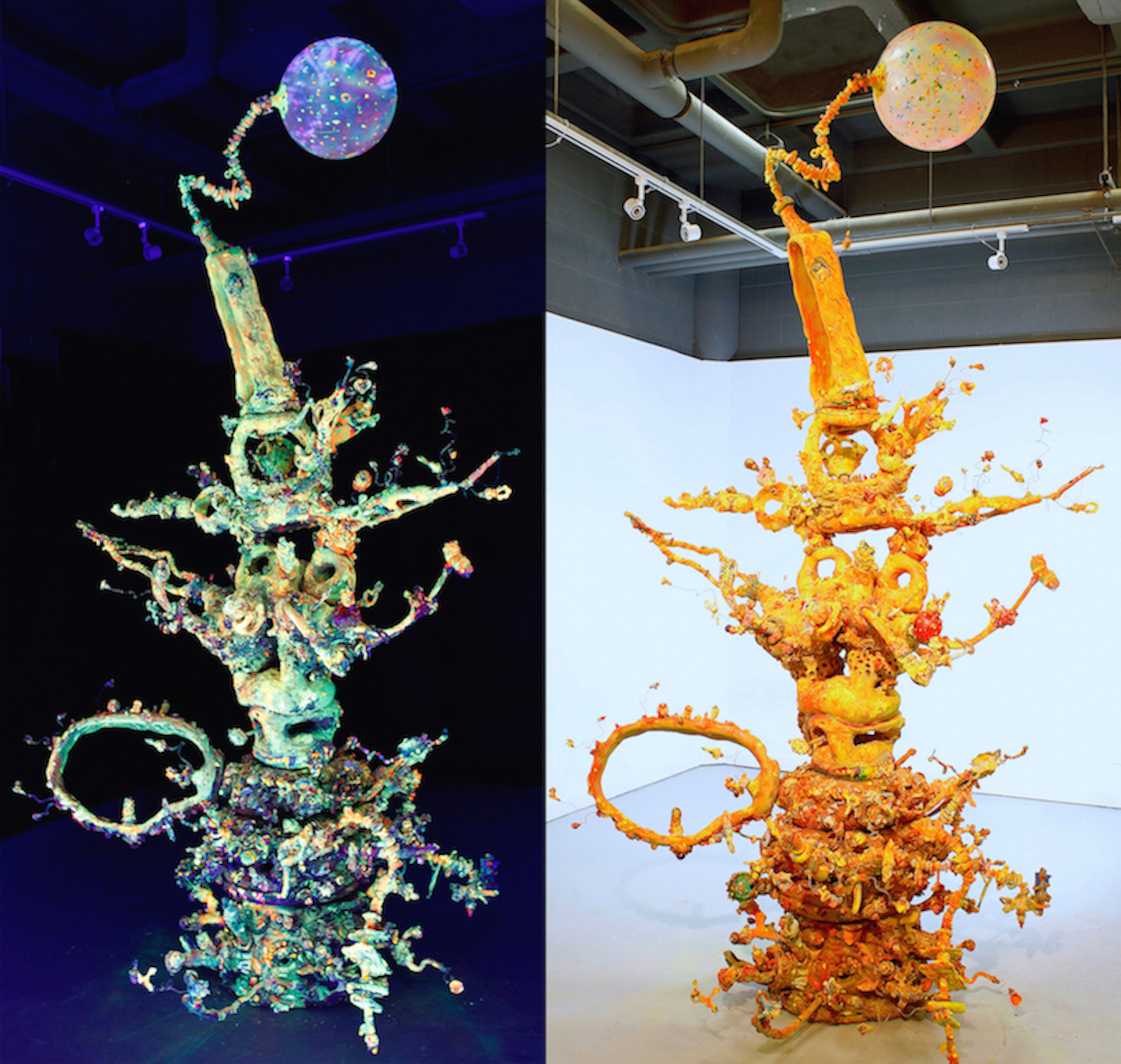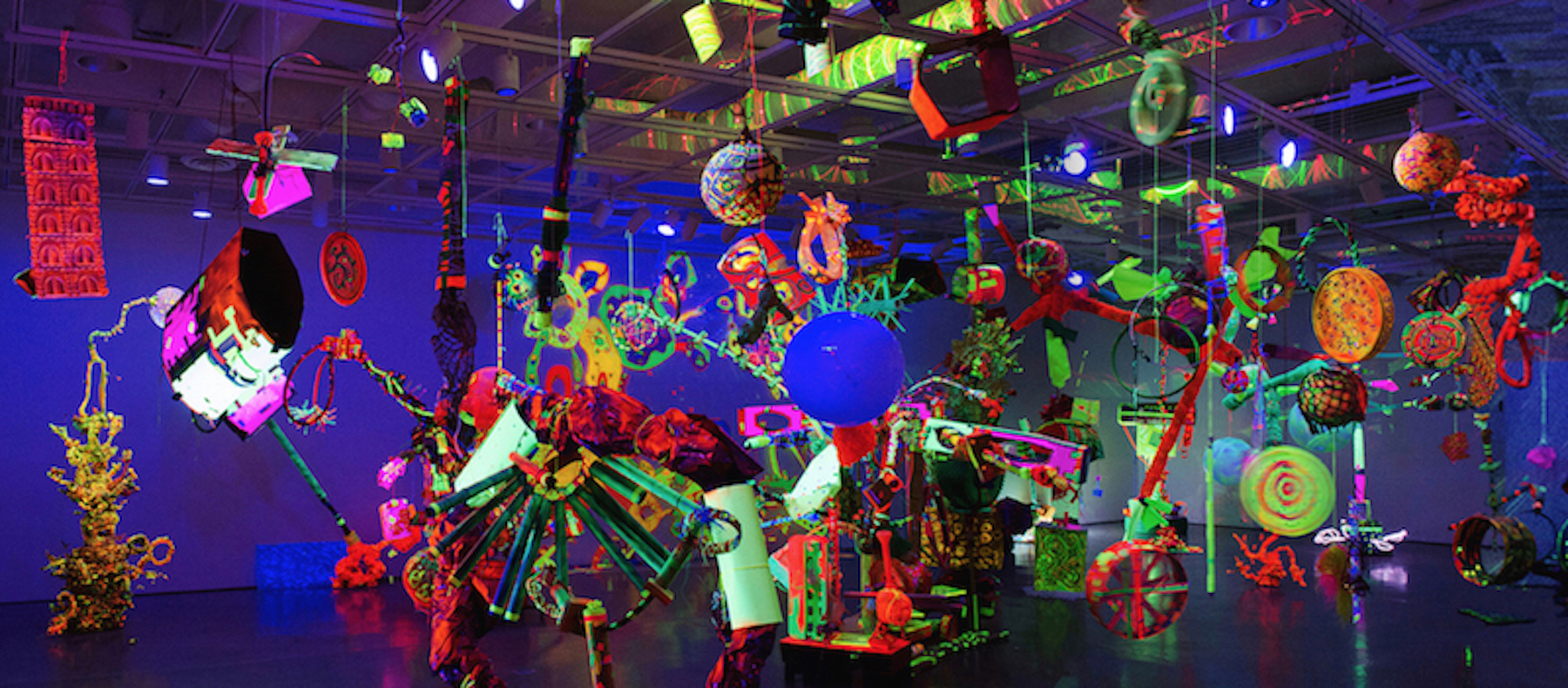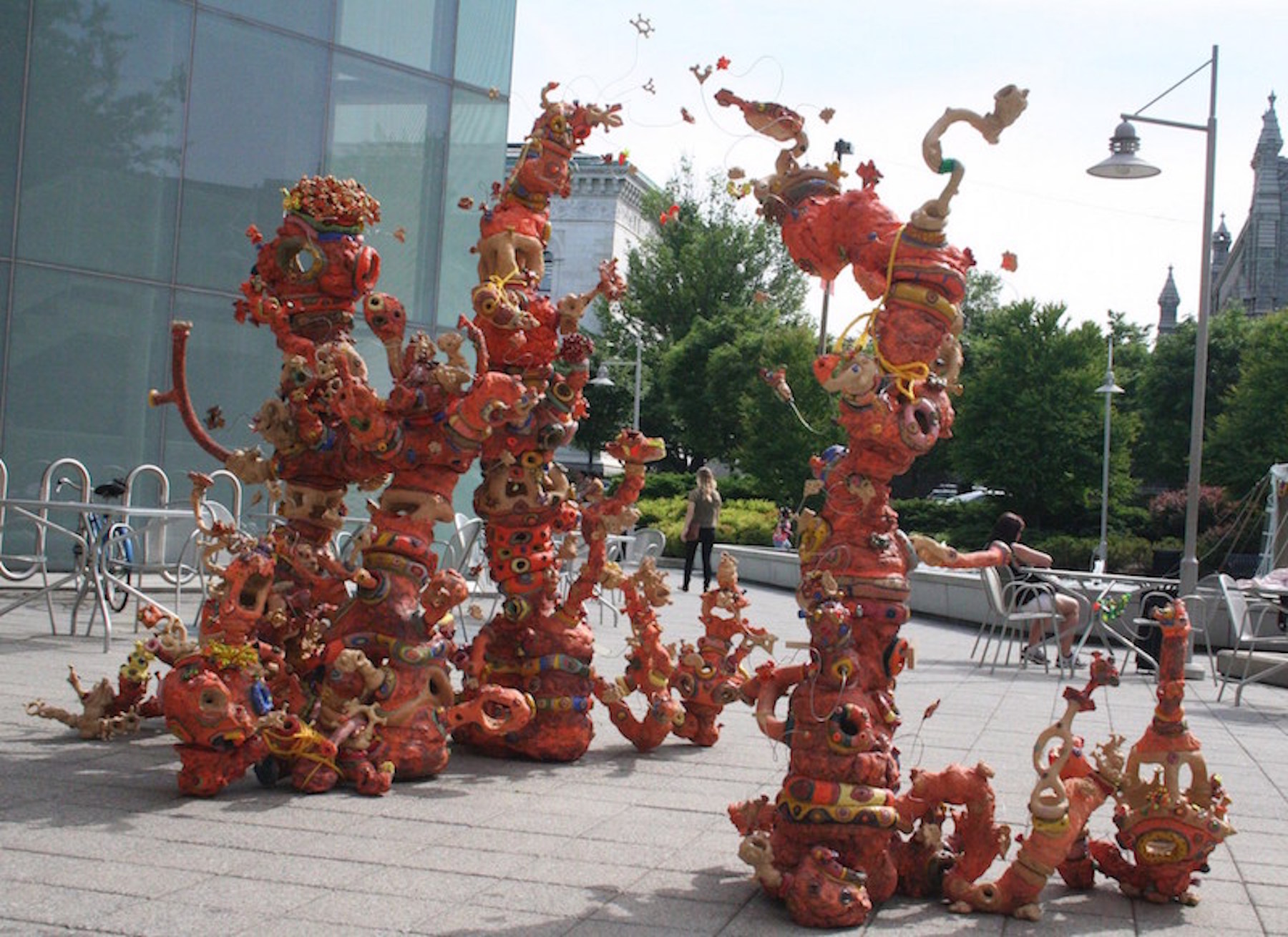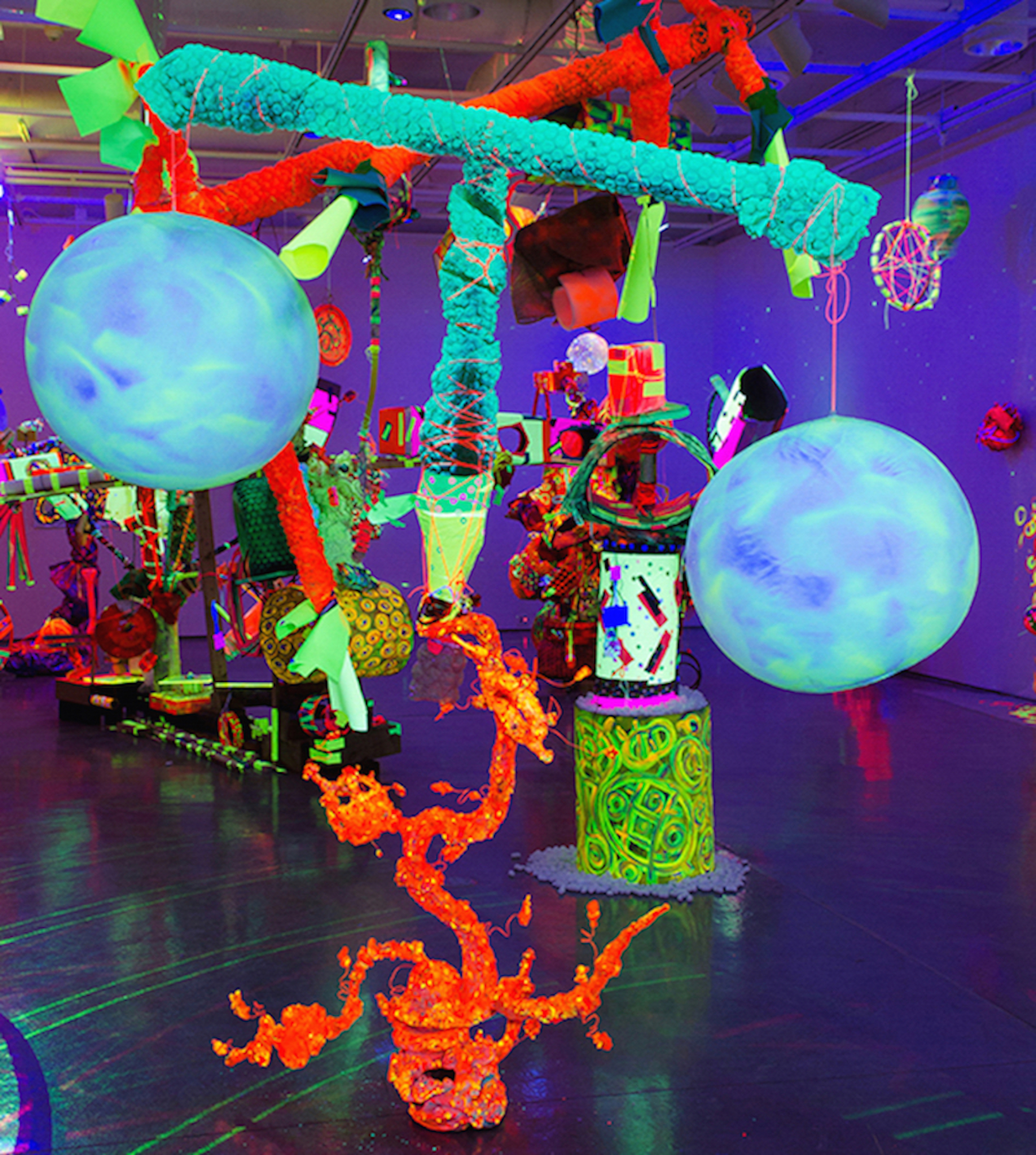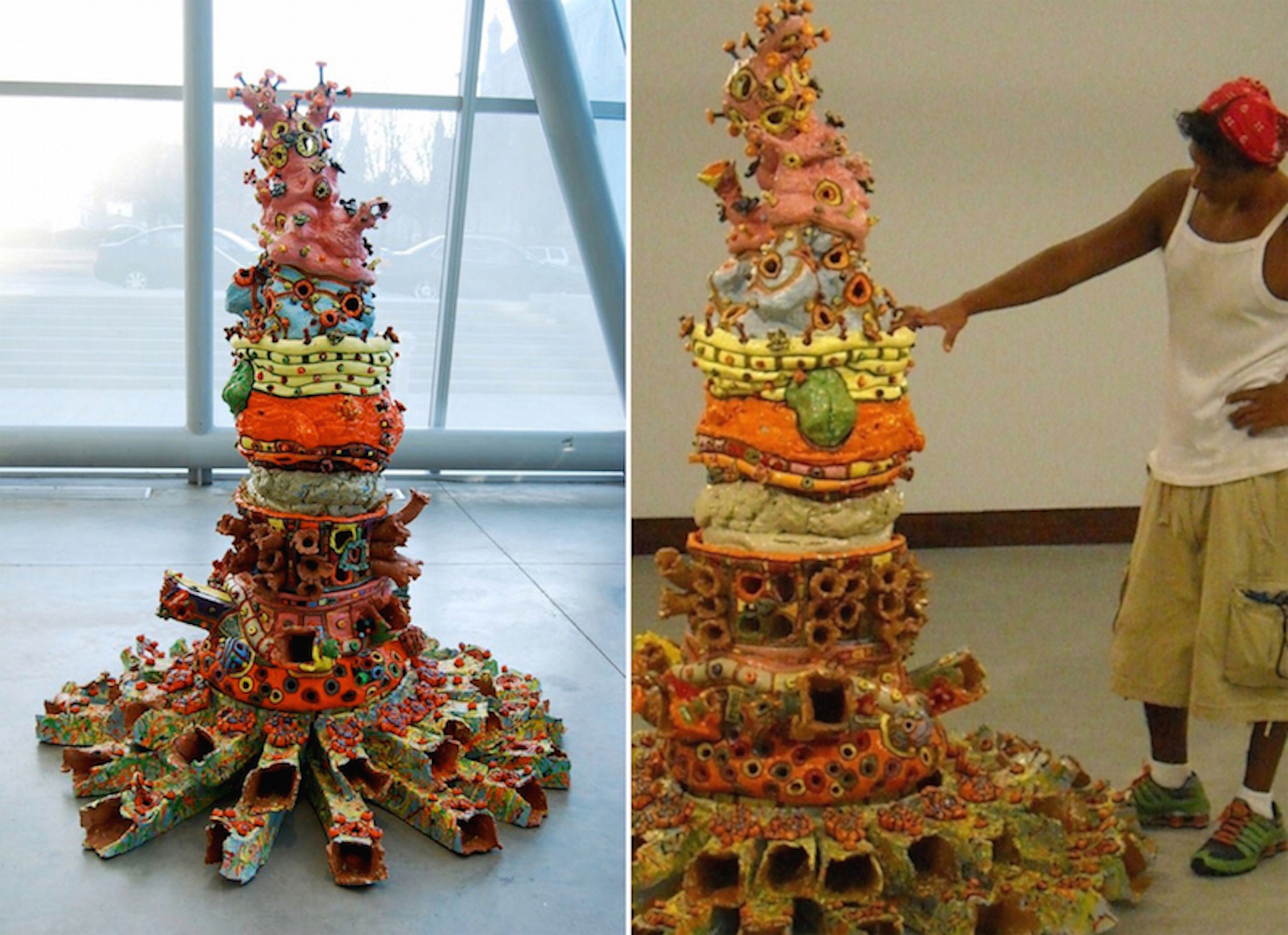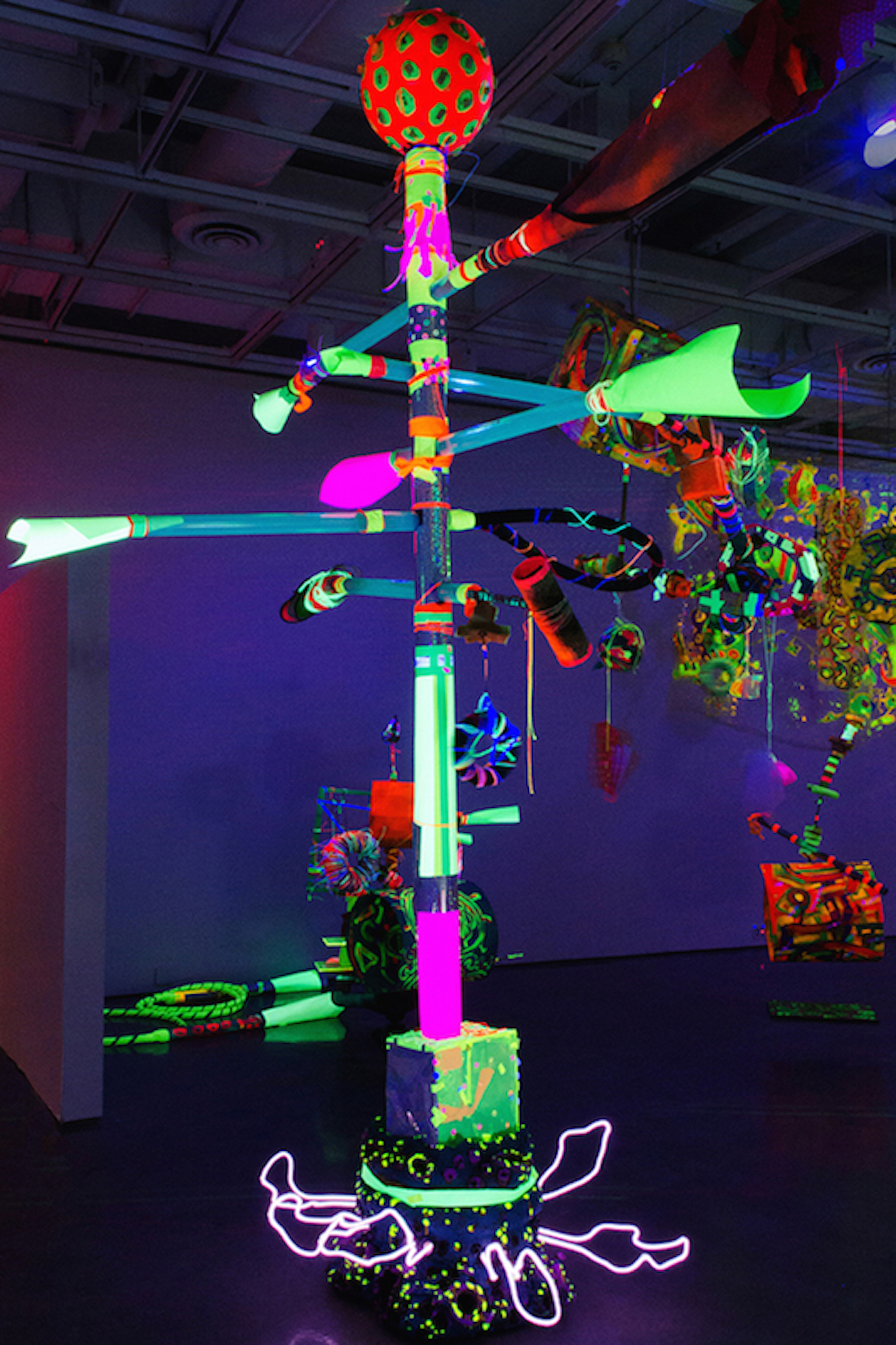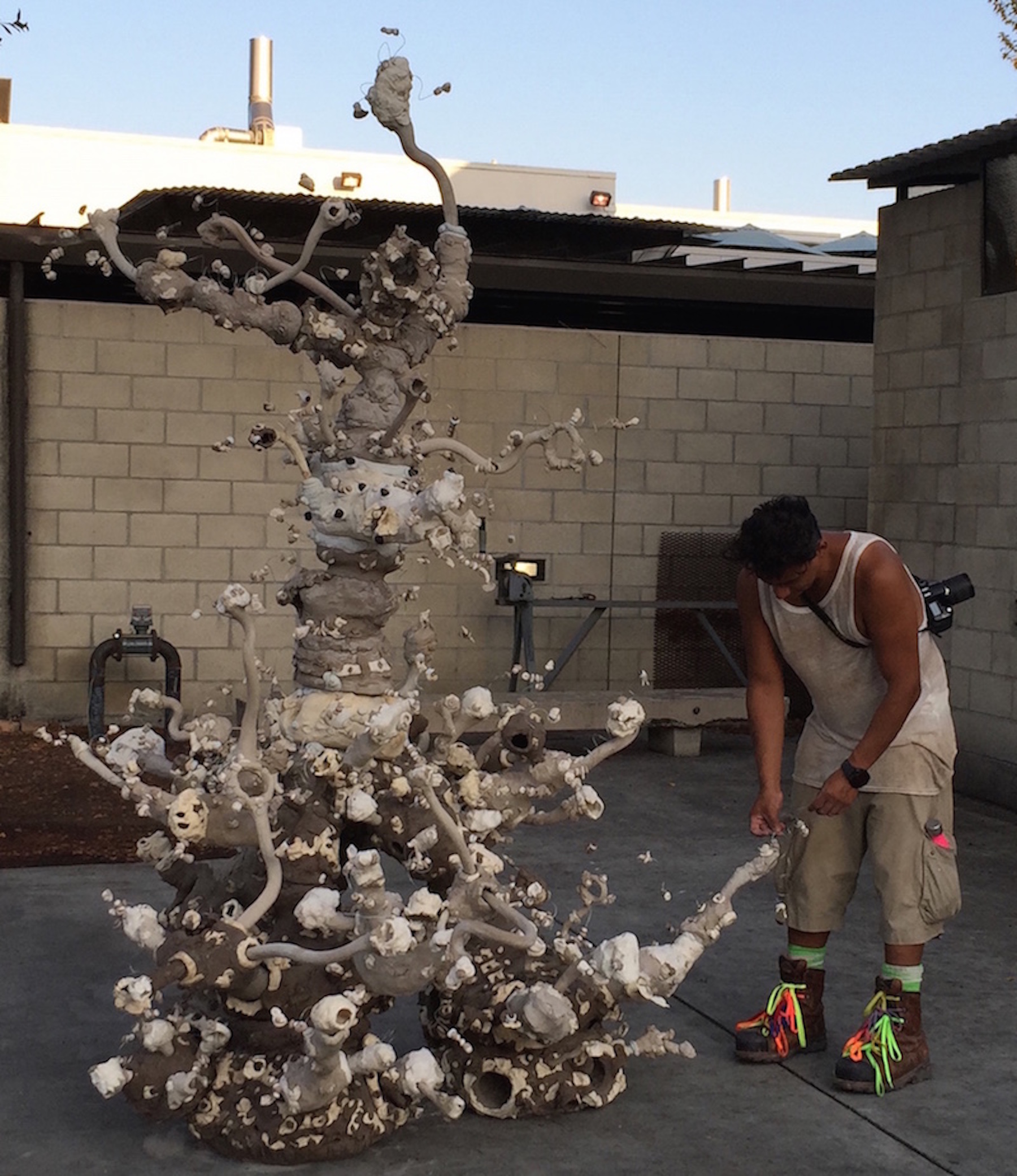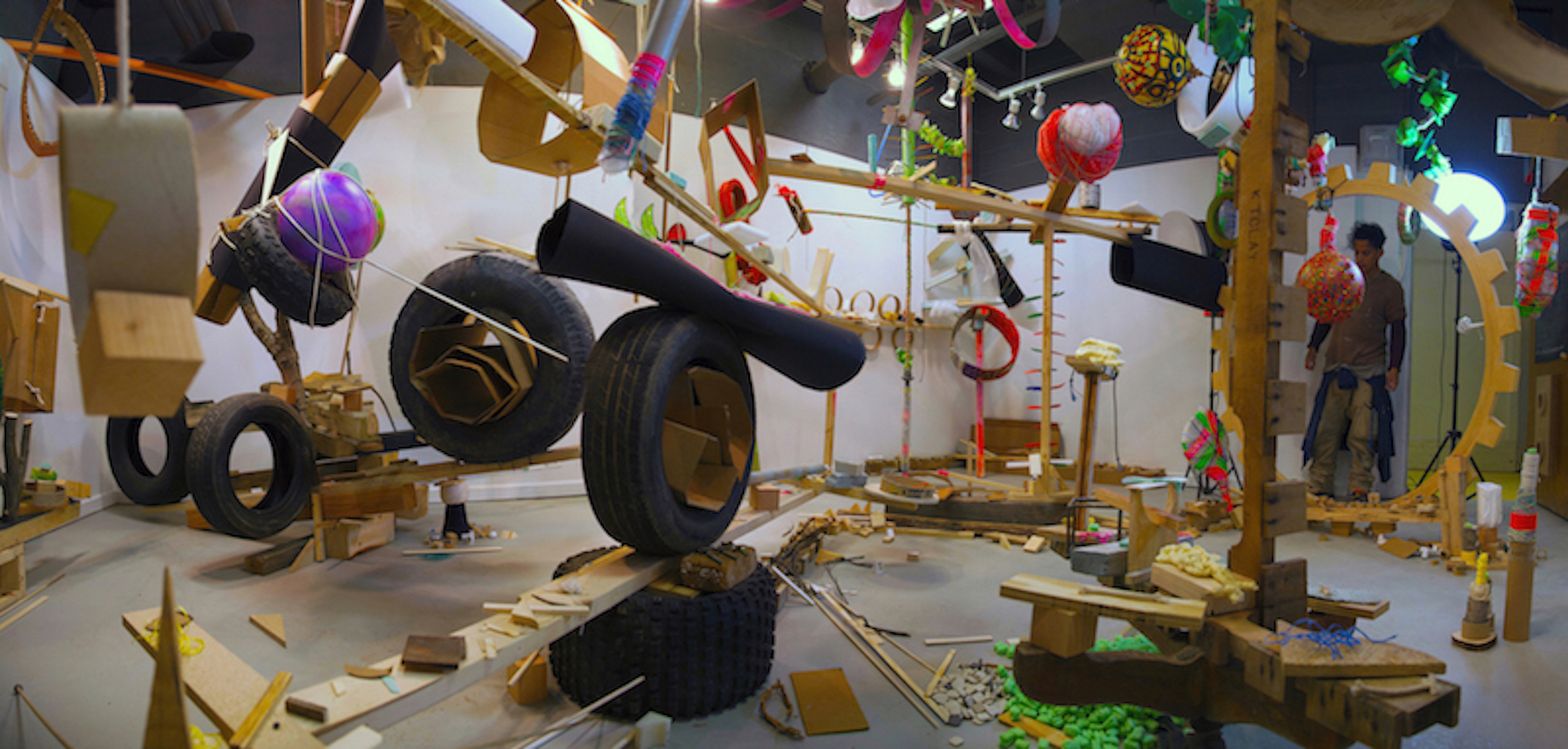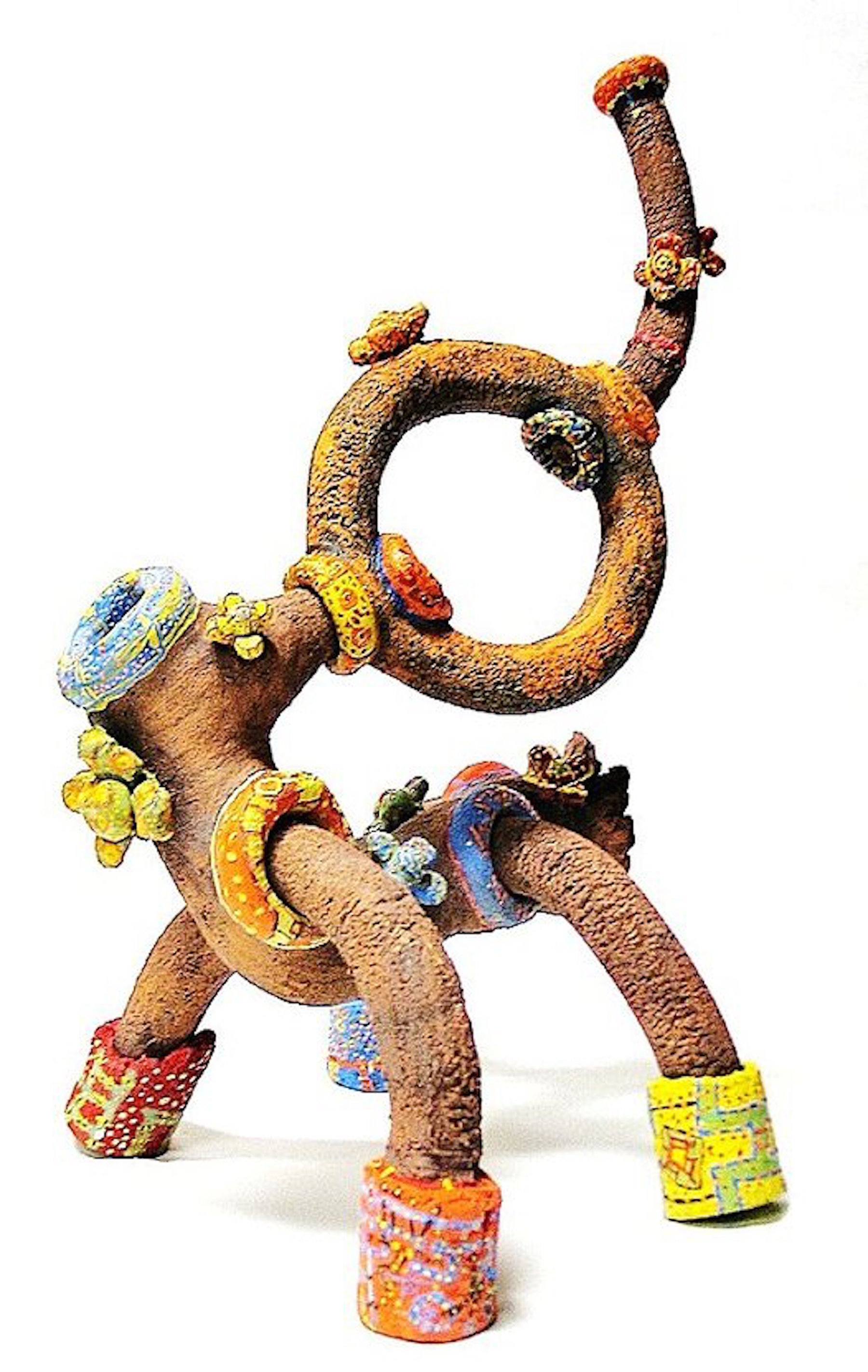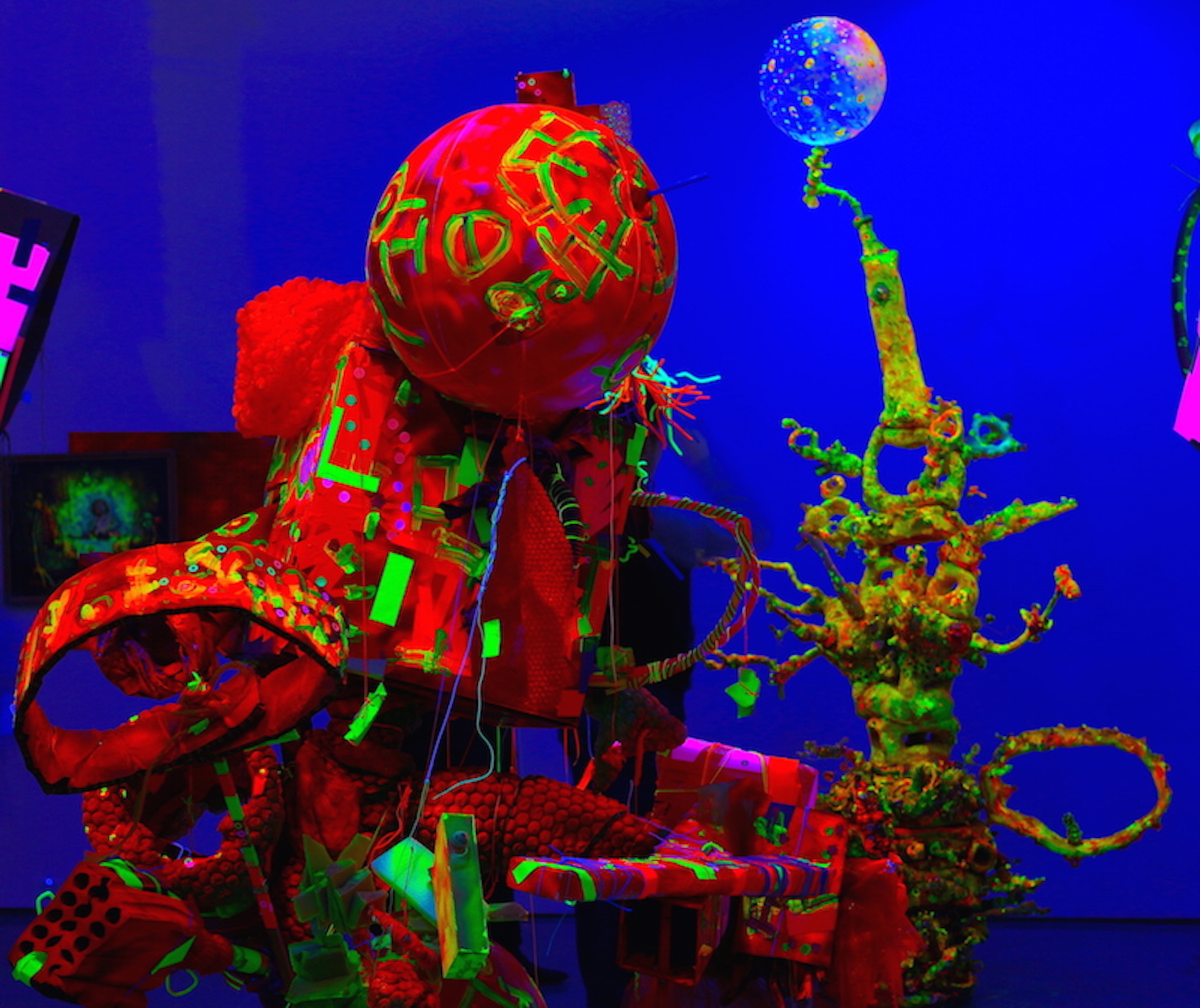ROB SWAINSTON
Rob is currently Assistant Professor of Art+Design in Printmaking at SUNY Purchase College. Born and raised in rural Pennsylvania, Rob studied art and political science at Hampshire College, and subsequently lived and worked in Central Europe, pursuing postgraduate studies in political science at Budapest’s Central European University. He received his MFA in visual arts from Columbia University in 2006. He attended the Skowhegan School of Painting and Sculpture in 2007, the Marie Walsh Sharpe Studio Program in 2009-10, the Provincetown Fine Arts Work Center (winter 2011-12), the Bronx Museum AIM program (2015), the Robert Blackburn Printshop Fellowship (2012), and is alumnus of the Philadelphia art collective Vox Populi. Rob is a cofounder and master printer of Prints of Darkness, a collaborative printmaking studio in Brooklyn, NY. He has had solo shows with Marginal Utility, Philadelphia (2016,2013); University Galleries Illinois State (2016); Neuwerk Kunsthalle, Konstanz, Germany (2012); Esther Massry Gallery at the College of Saint Rose, Albany, NY (2011); David Krut Projects, NYC (2010); BravinLee Programs, NYC (2010); and Vox Populi, Philadelphia (2008 and 2009). Rob has been in numerous group shows at International Print Center New York (2016,2015,2014,2012,2011), Socrates Sculpture Park, Queens, NY (2013,11); Arlington Arts Center, Arlington (2012); Provincetown Art Association and Museum, Provincetown, MA (2012); Mellon, Brooklyn, NY (2011); NADA Hudson (Canada Gallery), Hudson, NY (2011); Mason Gross Galleries, New Brunswick, NJ (2010); Philagraphika at Seraphin Gallery, Philadelphia (2010); Canada Gallery, NYC (2008); The Queens Museum at Bulova, Queens, NY (2008) and the Frederic Snitzer Gallery, Miami, FL (2006). He has been featured in V-magazine, Art in Print, contemporary Printmaking books as well as the Printeresting, and Art21 blogs.
